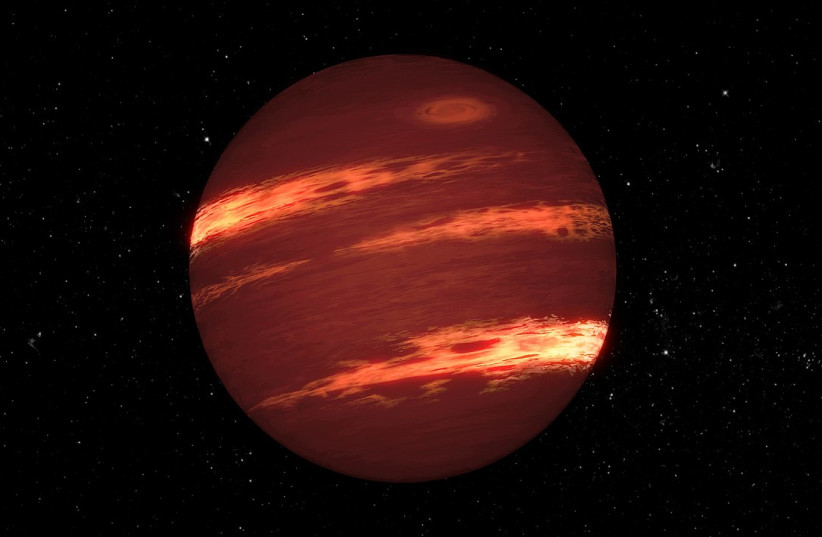Four new brown dwarfs were discovered by an international team of scientists using a new innovative search method.
The discovery, which was detailed in a study published in the peer-reviewed academic journal Monthly Notices of the Royal Astronomical Society MNRAS, has sufficiently added to the number of these mysterious cosmic objects that we know of.
<br>What are brown dwarfs?
Brown dwarfs are cosmic objects often described as being between a planet and a star.
Essentially, they are far larger than the most massive of gas giant planets but lack the mass needed to sustain nuclear fusion needed to become stars.

To put it even more simply, they fill the spot between the lightest of stars and the most massive of planets.
To put it to scale, brown dwarfs have a mass between 13-80 times Jupiter, the largest planet in the solar system.
Due to the place they hold on this spectrum, brown dwarfs are of considerable interest to scientists. However, this has often proved very difficult. In fact, for around three decades, only 40 brown dwarfs have been imaged.
<br>The study
In order to find more brown dwarfs, the team of researchers from the Open University and the University of Bern managed to develop a new tool called COPAINS. This was used to predict the types of companions to a star that could cause anomalies in stellar motions.
After that, the team carefully sifted through data from the European Space Agency's (ESA) Gaia spacecraft and picked 25 stars. They then went to look at these stars using the SPHERE planet-finder at the Very Large Telescope in Chile.
In total, they managed to find 10 new star companions with a wide range of orbits. These findings included five low-mass stars, a white dwarf and four brown dwarfs.
This was all thanks to the innovative synergy between the different tools and instruments at the team's disposal.
However, it also poses implications for future studies, specifically regarding exoplanets.
Exoplanets, referring to any planet outside the solar system, were traditionally very hard to detect, though in recent years new technological advancements have made it more possible. However, it is still very easy for a planet to go overlooked.
But by fine-tuning this methodology further, it could be possible to search for lower-mass objects orbiting stars, such as giant exoplanets.
